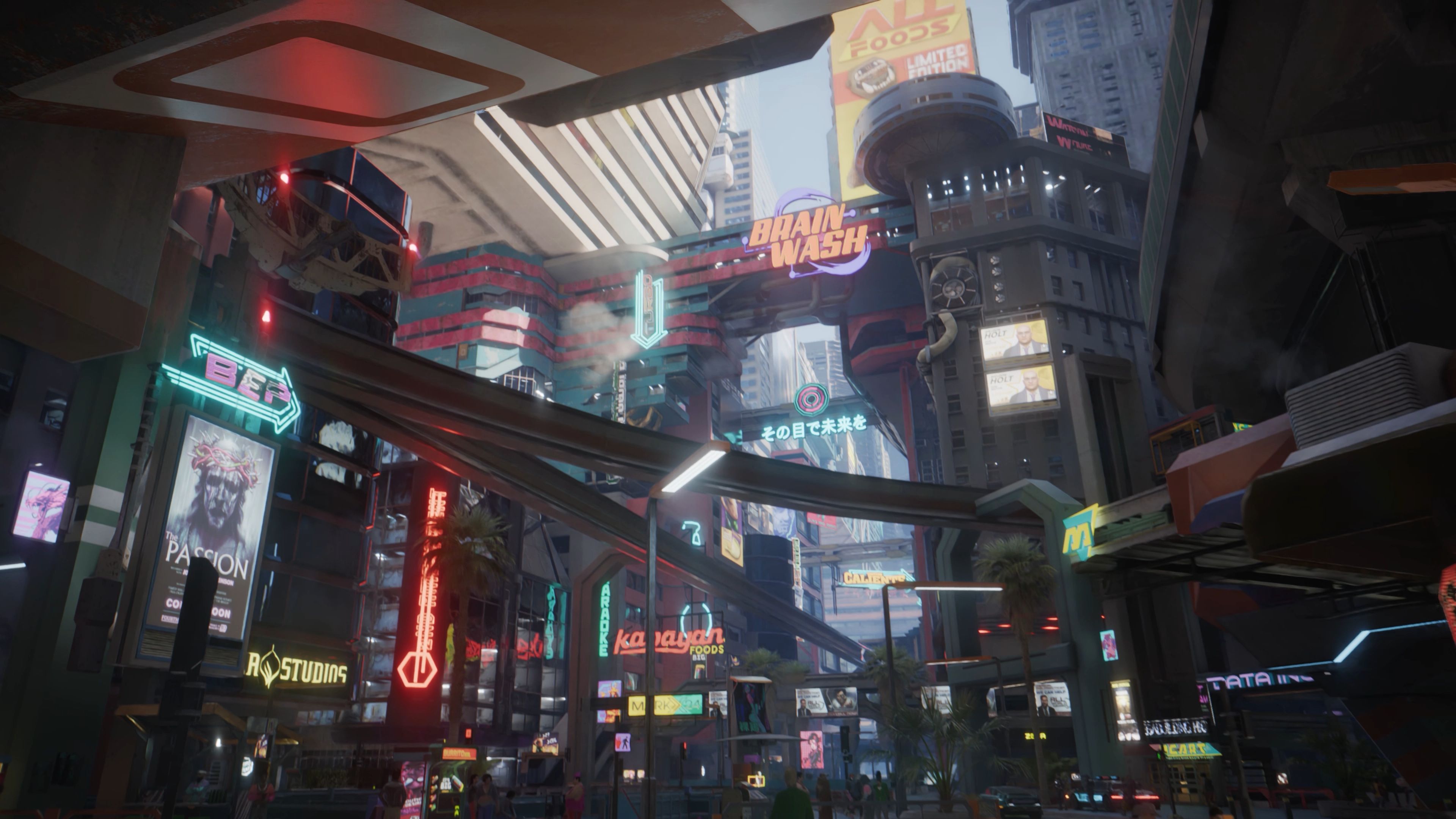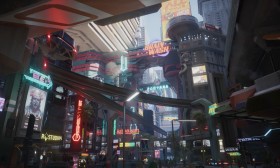The iconic theme of Tomb Raider, composed by Nathan McCree for the original 1996 game, is more than just a melody; it is a cultural touchstone. Its haunting, echoing synth-notes evoke a specific feeling: of vast, unexplored caverns, of silent majesty, and of a lone, determined adventurer. For decades, this theme defined the sonic identity of Lara Croft. However, with the franchise’s 2013 reboot, a new creative direction demanded a new musical language. The journey of the reboot’s score, particularly through its second installment, 2015’s Rise of the Tomb Raider, represents a fascinating case study in sequential improvement. It showcases a composer building upon his own foundation, learning from initial critiques, and ultimately delivering a more nuanced, integrated, and powerful auditory experience that honors the past while firmly establishing its own present.

The 2013 reboot, Tomb Raider, scored by Jason Graves, was a radical departure. Graves, renowned for his brutal, atmospheric work on the Dead Space series, was tasked with scoring Lara’s brutal origin story—her transition from frightened survivor to hardened survivor. His approach was largely textural and reactive. The score is dominated by relentless, percussive aggression, representing the immediate danger of the island of Yamatai. Layers of pounding taiko drums, shrieking strings, and distorted electronic elements create a soundscape of constant anxiety and visceral struggle. The music served as an extension of the gameplay, amplifying every fall, fight, and close call.
While effective in its purpose—making the player feel Lara’s pain and desperation—this approach had a significant drawback: it left little room for thematic identity or emotional introspection. The classic theme was conspicuously absent, a deliberate choice to separate the new from the old. In its place, Graves introduced a subtle, fragile motif for Lara herself—a simple, ascending three-note string phrase that hinted at her potential but was often buried beneath the orchestral chaos. The score was highly functional and competently composed, but it was more of a force of nature than a character in its own right. It was a brilliant score for survival, but perhaps not a memorable one for the character of Lara Croft. It established a new, gritty sonic palette but left audiences and critics wondering where the soul was.
This is where the concept of sequential improvement becomes critical. For Rise of the Tomb Raider, Crystal Dynamics made the pivotal decision to bring on board composer Bobby Tahouri, not to scrap Graves’s work, but to evolve it. Tahouri’s mandate was clear: retain the visceral intensity of the reboot but weave in a stronger sense of melody, wonder, and character. The result was not a replacement, but a refinement—a score that learned from the past to build a more complete future.
Tahouri’s genius lay in his synthesis. He understood the need for the aggressive, percussive DNA established by Graves, especially during combat and traversal sequences. However, he masterfully expanded the emotional and thematic vocabulary. The most significant improvement was the full-throated introduction of a new, definitive theme for Lara Croft. This theme, a bold, ascending melody carried by horns and strings, is both heroic and melancholic. It speaks to her determination, her burden, and her growing legacy. Unlike the fragile motif from the 2013 game, Tahouri’s theme is versatile and memorable; it appears in triumphant variations during moments of victory, in somber reflections during quiet campsite moments, and in determined statements as she explores the frozen peaks of Siberia.
Furthermore, Tahouri displayed a greater confidence in using silence and ambient texture to build atmosphere. The exploration sequences in Rise are often underscored not by driving rhythm, but by ethereal choirs, lonely piano notes, and deep, rumbling brass pads that evoke the immense scale and ancient mystery of the lost city of Kitezh. This creates a powerful sense of place and wonder that was sometimes missing from the constant onslaught of the first score. The music now breathes, allowing the player to absorb the environment and Lara’s place within it.
The pinnacle of this sequential improvement is Tahouri’s treatment of the legacy. In a moment of sheer brilliance, he does not ignore Nathan McCree’s original theme; he resurrects it with profound narrative purpose. It is not used as a cheap nostalgia trigger but is carefully woven into the fabric of his own new themes. In the game’s final moments, as Lara fully embraces her destiny as the Tomb Raider, the score swells. Tahouri’s heroic theme builds, and then, seamlessly, elegantly, it morphs into the classic 1996 melody. The effect is electrifying. It is the moment the two musical eras—past and present—click into place, validating the entire journey. It tells the player that this Lara, after two games of struggle and growth, has finally become the iconic figure we remember. It is a masterclass in honoring legacy while justifying a new interpretation.
In conclusion, the musical journey from Tomb Raider (2013) to Rise of the Tomb Raider is a clear and successful example of sequential artistic improvement. Jason Graves’s score provided a necessary, brutalist foundation for a character stripped back to her core. Bobby Tahouri, building upon that foundation, added the layers of thematic depth, emotional resonance, and melodic grandeur that the character and franchise deserved. He took a reactive score and made it proactive; he took a functional soundscape and gave it a soul. By thoughtfully integrating the original theme, he didn’t just create a great video game score; he created a vital piece of narrative storytelling that bridged generations. The rise of the Tomb Raider’s score is, therefore, a mirror to Lara’s own rise: from raw survival to refined, iconic mastery.














